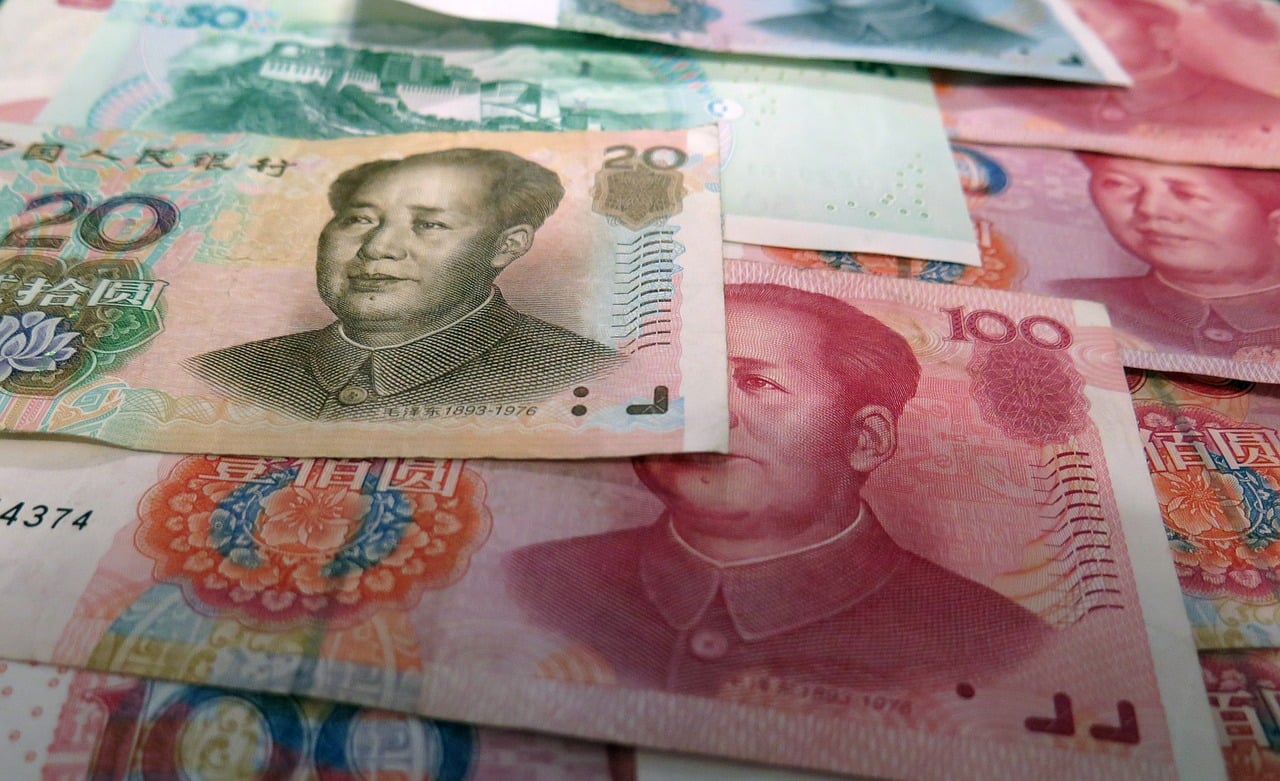If we look at some key Asian currencies near the last week of July 2022, we see the following: the Indian rupee was down 7.3% year-to-date; the Chinese yuan was down 6.4%; the Japanese yen 19.5%; and the South Korean won 10.4%.
This wave of depreciation had real effects on Asian economies because “Anyone outside the US who wants to trade has to put up more collateral in local currency”, explained Paul Hodges of New Normal Consulting.
Q2 2022 hedge fund letters, conferences and more
Demand in Asia was weak for a variety of reasons, namely, high energy prices (Brent crude oil was still over $100 a barrel in July), geopolitical tensions, inflation, and recession worries. Continuing supply chain challenges were hindering Asian economies, as was the stubborn re-emergence of the coronavirus, which sparked large-scale lockdowns in China.
The spending power enjoyed by Chinese consumers had been noticeably declining. In India, polyethylene imports were restrained by the weak rupee, and methanol imports were held back in South Korea. In this iFOREX financial news article, we’ll take a closer look at these top forex trading pairs to gain some insight into where they may be headed next.
Chinese Yuan
In the arena of forex trading, the USD/CNY currency pair is one of the most traded of all, and the period between April and May saw the Chinese currency lose as much as 6% in this matchup. In June and July, the yuan was spared the big selloffs that affected some other Asian currencies, but there was still pressure on the currency due to rising Covid infections in the country and anticipated US interest rate hikes.
The property sector’s woes were in danger of spreading to the rest of the economy, which faced “renewed downside risks”, in the words of Goldman Sachs.
In mid-August, the People’s Bank of China (PBOC) bucked the global trend in refusing to tighten monetary policy, after which the yuan slid 1.2% to its lowest in three months against the USD. The difference between Chinese and American policies “Undermines the attractiveness of yuan assets and leads to capital outflows”, explained Bloomberg.
However, Mitul Kotecha of TD Securities suggested that the central bank may have had a specific purpose in allowing the yuan to weaken, namely, to pass advantage over to Chinese exporters.
Indian Rupee
In mid-July, India’s currency tumbled to its lowest ever against the USD, at 80.06 rupees, signaling losses of 2.4% for the month so far and over 7% for the year until then. Two main causes for this were the strength of the US dollar and outflows from Indian stocks.
Aside from the consequences of all this for those trading online in forex pairs, some parties affected were the Indian companies who had taken out a combined $79 billion in foreign loans by the end of March. The cost of repaying the money had just risen, so there was “Increased activity among corporates to hedge their dollar exposure ever since the USD/INR broke above 79”, explained Parul Mittal Sinha of Standard Chartered Plc.
Philippine Peso
This currency also fell to a new low in July, finding itself at 56.45 to the dollar as the American currency rallied vigorously. However, “The worst is probably over for the peso”, suggested Michael Ricafort of Rizal Commercial Banking Corp in August, the reason being that “supporting factors are coming into play, particularly remittances and the drop in global crude prices”.
The Philippines imports nearly all its oil, so high import tariffs weigh on the local currency. But, since lower tariffs are expected, better times might be on the way for the peso.
Indonesian Rupiah
July saw the rupiah at its weakest in two years, at 15.038 to the USD, but in mid-August, the dollar settled down due to a better-than-expected inflation report, leaving a single dollar worth 14.798 rupiah.
Although food prices in Indonesia have been rising, the central bank has put off raising interest rates, expecting the situation to better itself on its own. It’s anticipated, though, that the central bank could change “Towards a less accommodative [monetary policy]”, says Mitul Kotecha.
Looking Forward
If forex trading online is on your radar, the next few months may be an interesting time for these key Asian currencies. Between August and October, the rupiah may rise to the point of 14.057 to the dollar, says TD Securities, due partially to improving palm oil exports to China.
As to the Philippine peso, ING thinks it will also appreciate it, reaching the point of 54 to the dollar by the end of the year. Looking at India’s rupee, near the end of July, Citibank had a 12-month forecast of 81 to the dollar.
Finally, China’s yuan may drop to the level of 7 per USD by the end of 2022, says Capital Economics, the reason being that “We expect interest-rate differentials to move further in favor of the US this year as the Fed continues to hike and the PBOC delivers further easing”.
Going forward, keep an eye on any headlines dealing with the forex market, and spend time learning the ins and outs of forex trading at the iFOREX Educational Resources Centre.






